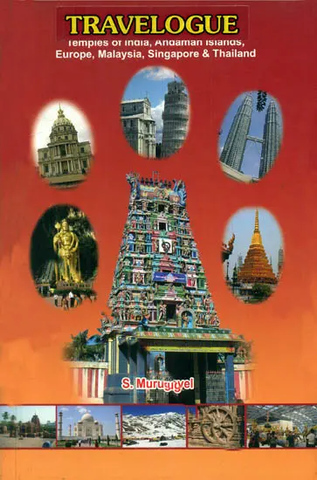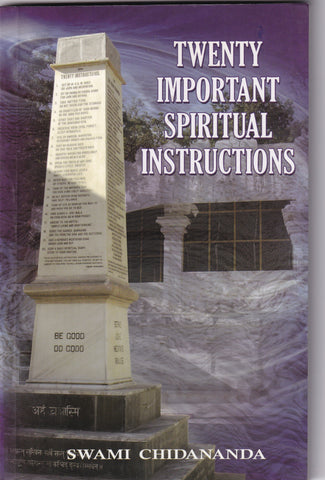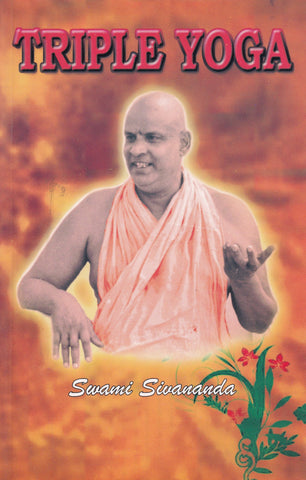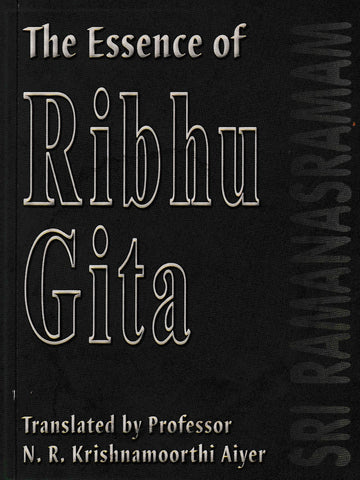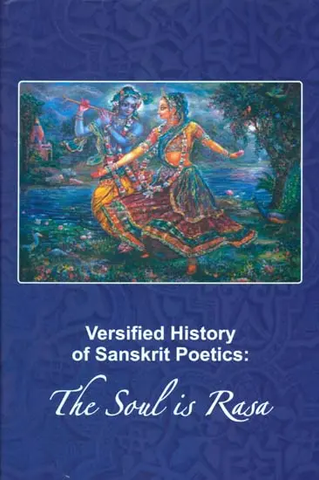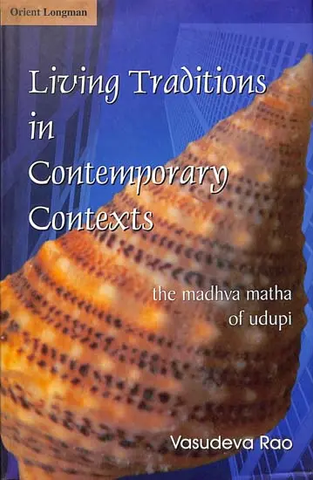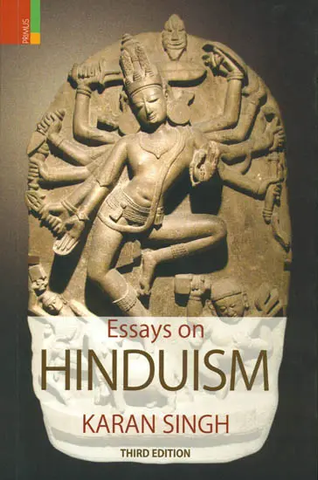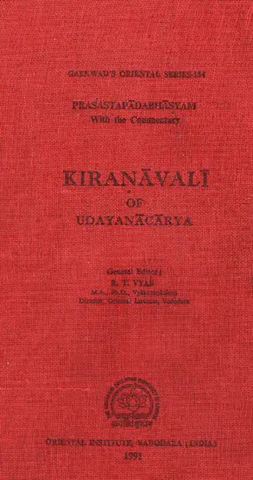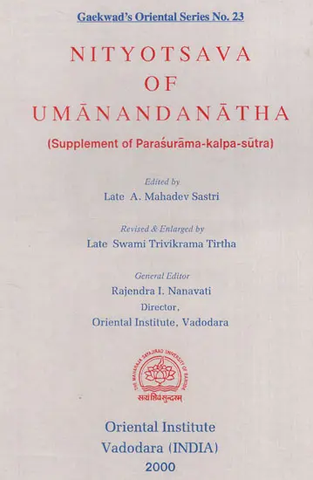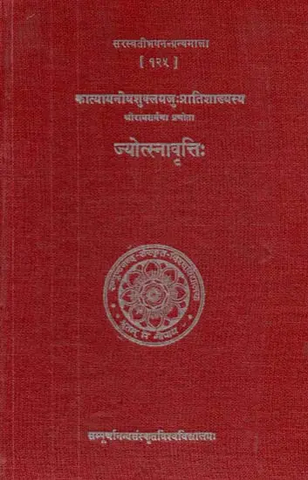Your cart is empty now.
This study, based on careful and detailed research, explodes the widely publicized myth, created by Western historians, of Nawabi being an effete culture. It holds the British and the Company responsible for emasculating the polity of Awadh and its annexation in 1856 as unjustified. Further, his annexation led not only to Awadh's economic decline but also triggered the nationalist War of Independence in 1857, dubbed all along as the Sepoy Mutiny.
It is a history of Awadh from a fresh point of view and seeks to inter-relate and inter-weave the patterns of political, administrative, and cultural changes during the period. It provides an objective account of the growth of communal relations in Awadh. The author commendably argues that the liberal Nawabi regime gave full rein to the indigenous tradition of communal amity and folk culture while adding the veneer of Mughal and Persian cultures which the rulers were heirs to. The court patronized Insha and Mir, Kathak and Thumri, and an interesting variant of Mughal architecture. The work is based on massive sources including oral traditions and is a noteworthy contribution in the field of Awadh history.
About the Author
Surendra Mohan started his career as a Lecturer of History at Seth GB Podar College, Nawalgarh, Rajasthan, after a brilliant academic career. In 1962, he joined the Indian Administrative Service and was assigned U.P. cadre.
During his tenure with the Administrative Service, his interest has been in the basics of national life, communal relations in India, and rural development. In both these fields, he has authored well-documented works. His published work on rural development is Rural Industries and Village Swaraj: A Quantitative Approach. He is currently the Chairperson of the UP Itihas Academy, Lucknow.
Foreword
Dr. Surendra Mohan, I.A.S., who has recently retired as Chairman, of the Revenue Board of Uttar Pradesh, a position with a long history of its own, has a deep attachment to the past and the traditions of the vanished state of Awadh. In the following pages, he offers a wide-ranging interpretation of what he obviously considers to be the golden age of Awadh during its appearance as a distinct political unit under Saadat Khan and his descendants, who ruled it from 1722 to 1856.
Dr. Mohan believes that by circumstance as well as by design, the Nawabi regime of a hundred and thirty-five years gave full reign to the indigenous tradition of communal amity and folk culture while adding the veneer of Mughal and Iranian cultures which the rulers were heirs to. The court at Lucknow patronized Insha, with his contribution to the standardization of literary prose in both Hindi and Urdu, and Mir, the great Urdu lyricist; it encouraged kathak as a new form of classical dance and thumri as the style of music; and it created an interesting, if not necessarily magnificent, variant of Mughal architecture. That this cultural renaissance should take place under the shadow of British power, threatening, appropriating, and yet insatiable, gives to the renaissance an air of particular tragedy. Dr. Mohan is far from asserting that the Nawabi regime had no serious flaws, but he argues that the British themselves were responsible for both aggravating and exaggerating such flaws. They put the Awadh rulers in a position that was essentially one of responsibility without power, and this could not but bring about a deterioration in the administration of that emasculated polity. Dr. Mohan's sympathies are clear and unconcealed, but they are not without a strong factual basis.
Introduction
In my mind the idea of this book began with a question-if Lucknow symbolized an effete culture, why did we have to fight the battles of 1857 and 1858, in each house of the city of Lucknow? If nothing was left of our heritage, if everything had been lost in decadence, then why did the people of Lucknow fight at all-and that too together as a group, Hindus and Muslims alike? Most Western writers have condemned the times of the nawabs of Awadh as degenerate. Lucknow and Awadh have ever since been misrepresented in the West on the lines of a book- Private Life of An Eastern King, published in London, in 1855, just before the annexation. An objective reading of history does not support the idea of decay at that time. It was definitely a time of awakening. The more I thought about it, the more I was convinced that the battles of 1857 and 1858 were basically the War of Independence for India-the first Indian effort to break out of the cocoon of colonialism, and the next ninety years were a follow-up of this effort-the Freedom Movement. If that was so, where did the strength lie in the culture of Awadh to fight that war? Somewhere in the recesses of history, music has remained dormant because of some artificial cacophony of discordant noises created by vested interests. The gaps have been left where they were for a long time. Now let the music come out of its depth. The search for that lost submerged melody is my quest-the reason to embark on my research on Awadh's Ambience. In this book, the history of Awadh has been traced from 1722. The beginning of the real conflict of the State of Awadh with the East India Company came in the year 1764-the year the battle of Buxar was fought and lost for India.
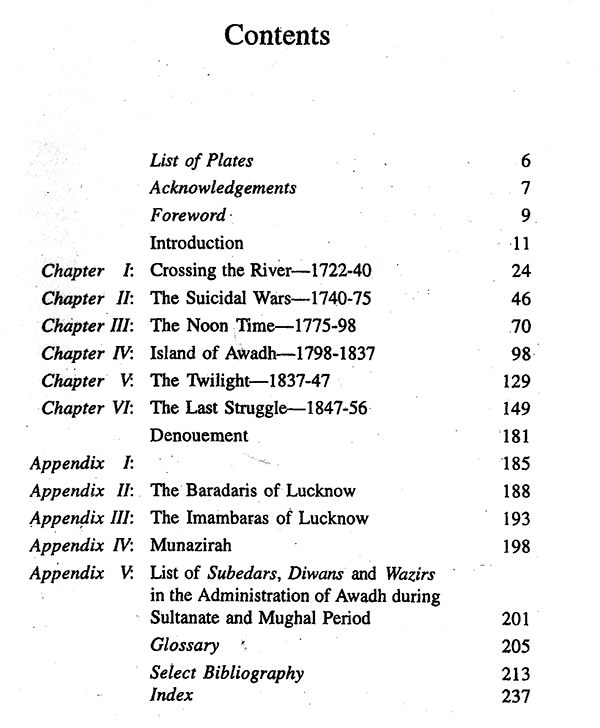


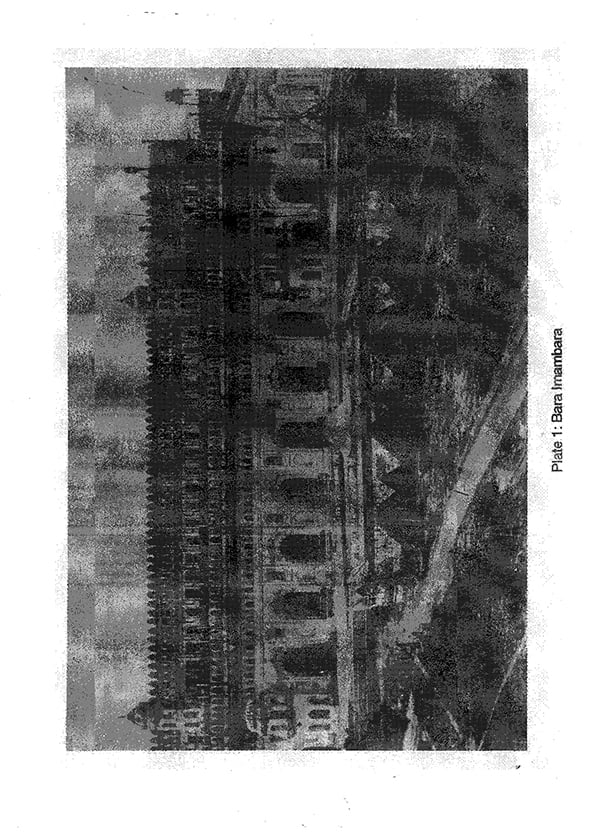
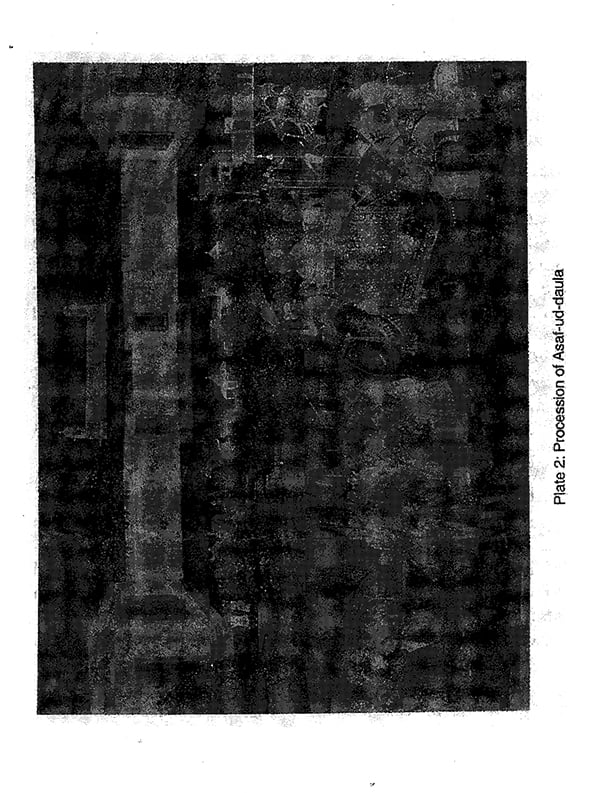
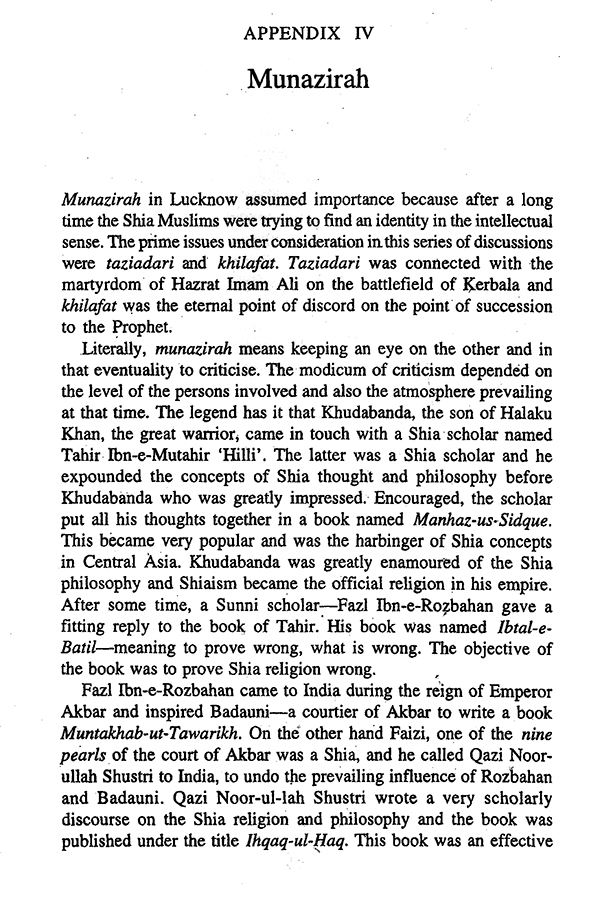
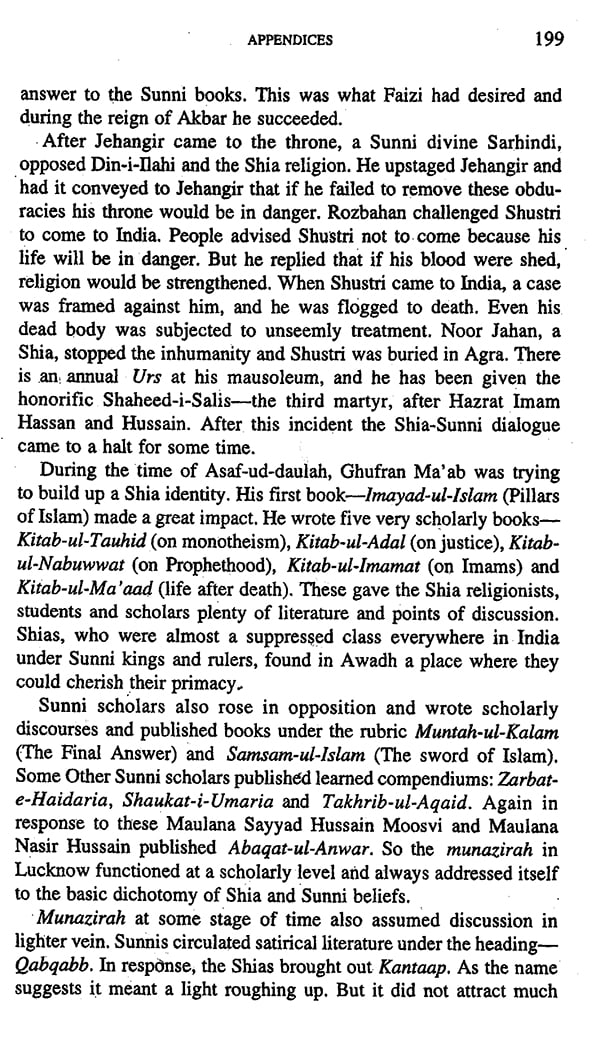
Delivery and Shipping Policy
- INTERNATIONAL SHIPPING
- Rs.1000-1100/kg
- ESTD. Delivery Time: 2-3 weeks (depending on location)
- Bubble Wrapped with Extra Padding
- NATIONAL SHIPPING
- NCR: Rs. 30/half kg
- Standard: Rs. 80/half kg
- Express shipments also available on Request
- ESTD. Delivery Time: Ranging from 1-4 days up to 7 business days (Depending on your choice of Delivery)
- TRACKING
- All orders; national or international, will be provided with a Tracking ID to check the status of their respective orders
- Depending on the Shipping Service, Tracking ID may be used on their respective tracking portals
Frequently Asked Questions (FAQs)
Domestic Shipping: 3-4 Days (after shipping)
International Shipping: 1-2 weeks (based on your location)
You will receive an email once your order has been shipped or you can email us if you didn't receive tracking details (info@mlbd.co.in)
Every book that we sell is the latest edition except all the rare books
Yes, we do provide free shipping, only on domestic orders (within India) above Rs.1500


